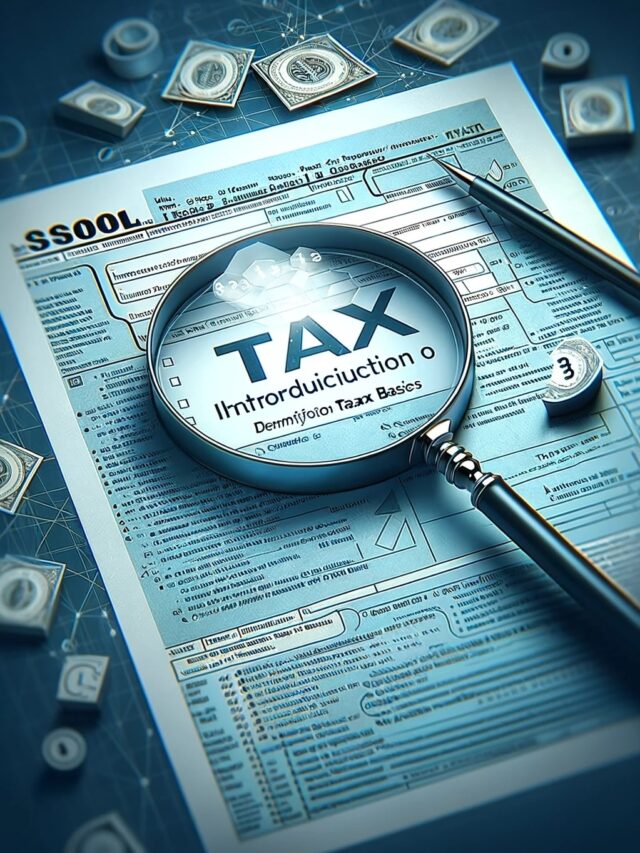Key Takeaway Box
- The Canada Disability Benefit (CDB) is a new federal income supplement for working-age persons with disabilities who live in poverty.
- The CDB was established by the Canada Disability Benefit Act (Bill C-22), which received royal assent on June 22, 2023.
- The CDB will supplement existing federal and provincial/territorial disability supports and services.
- The details of the CDB, such as the benefit amount and eligibility criteria, will be determined through regulations developed in consultation with the disability community and other stakeholders.
- The CDB is expected to be implemented in 2024 after the regulations are finalized and published.

What is the Canada Disability Benefit?
The Canada Disability Benefit (CDB) is a new federal income supplement for working-age persons with disabilities who live in poverty. The CDB is a key commitment and the cornerstone of Canada’s Disability Inclusion Action Plan, which aims to make Canada more inclusive for persons with disabilities¹.
The CDB was established by the Canada Disability Benefit Act (Bill C-22), which received royal assent on June 22, 2023. The Act sets out the framework for the CDB and authorizes the Governor in Council to implement most of the benefit’s design elements through regulations.
The CDB will supplement existing federal and provincial/territorial disability supports and services, such as the Canada Pension Plan disability benefits, the Child Disability Benefit, and the Registered Disability Savings Plan. The CDB will not replace or reduce these existing supports and services.
The CDB is intended to help reduce poverty and support the financial security of working-age persons with disabilities. According to the most recent Canadian Survey on Disability (2017), nearly 917,000 working-age Canadians with disabilities (23%) live in poverty. Persons with severe disabilities (28%) and very severe disabilities (34%) are particularly vulnerable and experience a high rate of poverty.
IMPORTANT LINKS:
- What Expenses Can You Deduct from Your Rental Income? (Updated 2024)
- How to Get Your EITC Refund Faster in 2024
- CPP, RRSP, TFSA, FHSA, AMT and OAS Changes: What You Need to Know for 2024
- What Happens to Your CPP and OAS Benefits When Your Spouse Dies?
- How to Get the Grocery Rebate Payments in Canada in January 2024
How much will the CDB be and who will qualify?
The details of the CDB, such as the benefit amount and eligibility criteria, will be determined through regulations developed in consultation with the disability community and other stakeholders. The Government of Canada has committed to engaging with persons with disabilities, disability organizations, technical experts, provincial and territorial governments, Indigenous organizations, and other relevant groups to inform the design and delivery of the CDB⁵.
The Government of Canada has indicated that the CDB will be modelled after the Guaranteed Income Supplement (GIS), which is a monthly payment for low-income seniors who receive the Old Age Security pension. The GIS is based on the income and marital status of the recipient and is adjusted annually based on the Consumer Price Index⁶.
The Government of Canada has also stated that the CDB will use the same definition of disability as the Accessible Canada Act, which is:
“disability\u2002means any impairment, including a physical, mental, intellectual, cognitive, learning, communication or sensory impairment — or a functional limitation — whether permanent, temporary or episodic in nature or evident or not, that, in interaction with a barrier, hinders a person’s full and equal participation in society.”⁷
However, the CDB will also require that the disability prevents the person from working or limits their ability to work. The CDB will be targeted to persons with disabilities who have a severe and prolonged impairment in physical or mental functions.
When will the CDB start and how to apply?
The CDB is expected to be implemented in 2024 after the regulations are finalized and published. The Government of Canada has allocated $21.5 million to support the creation of infrastructure to administer the CDB⁹.
The application process for the CDB has not been announced yet. However, the CDB will likely be linked to the disability tax credit (DTC), which is a non-refundable tax credit that reduces the amount of income tax that persons with disabilities or their supporting persons have to pay. The DTC requires a medical practitioner to certify, on Form T2201, Disability Tax Credit Certificate, that the person has a severe and prolonged impairment in physical or mental functions, and the Canada Revenue Agency (CRA) to approve the form[^10^].
The Government of Canada has also suggested that the CDB be delivered through the existing tax system, similar to the Canada Child Benefit and the GST/HST credit. This means that the CDB will be a tax-free monthly payment that will be deposited directly into the bank account of the eligible recipient or mailed as a cheque¹¹.
Conclusion
The CDB is a new federal income supplement for working-age persons with disabilities who live in poverty. The CDB was established by the Canada Disability Benefit Act (Bill C-22), which received royal assent on June 22, 2023. The CDB will supplement existing federal and provincial/territorial disability supports and services. The details of the CDB, such as the benefit amount and eligibility criteria, will be determined through regulations developed in consultation with the disability community and other stakeholders. The CDB is expected to be implemented in 2024 after the regulations are finalized and published.
Source: (1) Summary of The Canada Disability Benefit Act – Canada.ca. https://www.canada.ca/en/employment-social-development/programs/disabilities-benefits/bill-summary.html. (2) Canada Pension Plan disability benefits: Do you qualify? https://www.canada.ca/en/services/benefits/publicpensions/cpp/cpp-disability-benefit/eligibility.html. (3) Disability benefits – Canada.ca. https://www.canada.ca/en/services/benefits/disability.html.




